Cold In-Place Recycling
In 2021, the Gogebic County Road Commission constructed their first recycling job. The first phase, which was approximately 3 miles of the Lake Road Cold In-Place Recycle (CIR) project, was finished in 2021. There are approximately 2.5 miles that are projected to finish in 2022. This final section of the roadway to be completed in 2022 is to repave the stretch of road from Little Girls Point to the Wisconsin border.
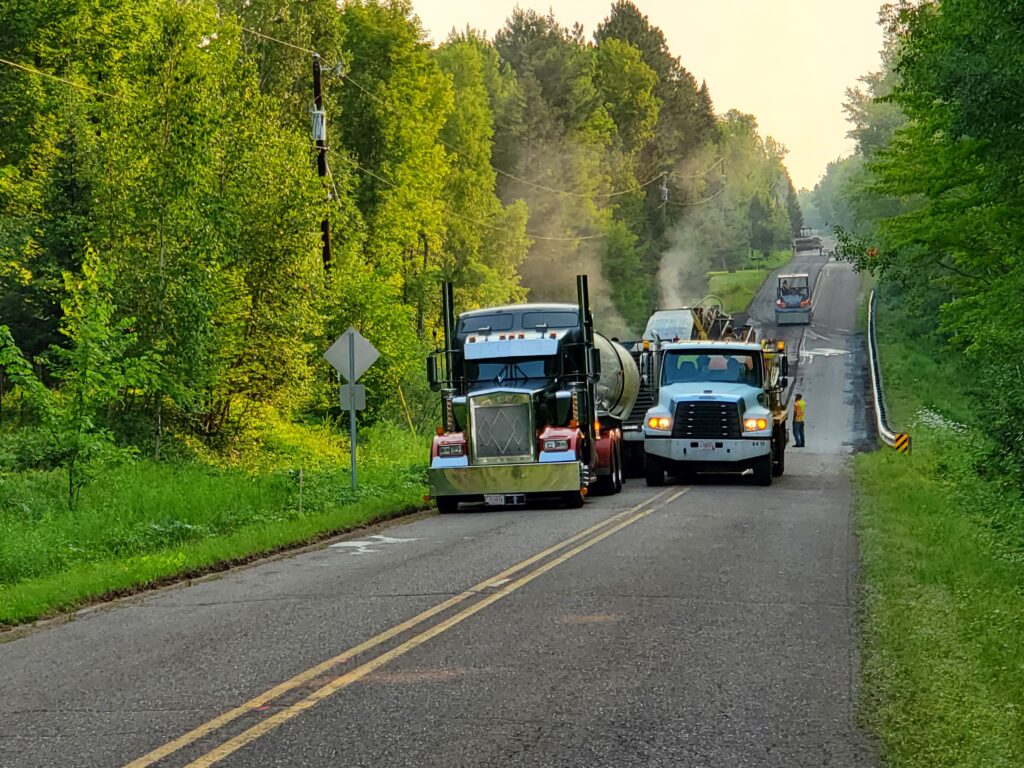
Preparing for and Completing the CIR Project
A rigorous sampling and testing protocol was followed prior to moving forward with this project. Sampling showed 4” to 7” of HMA on the existing roadway with approximately 5.3” as the average. There was not much of a gravel base, 0 to 2” with a silty sand (SM) underneath.
A Dynamic Cone Penetrometer (DCP) testing was performed and showed there was an adequate subgrade strength for the cold recycling treatment. It was recommended by Heritage Research Group that a five (5) inch CIR be performed with a single lift HMA top.
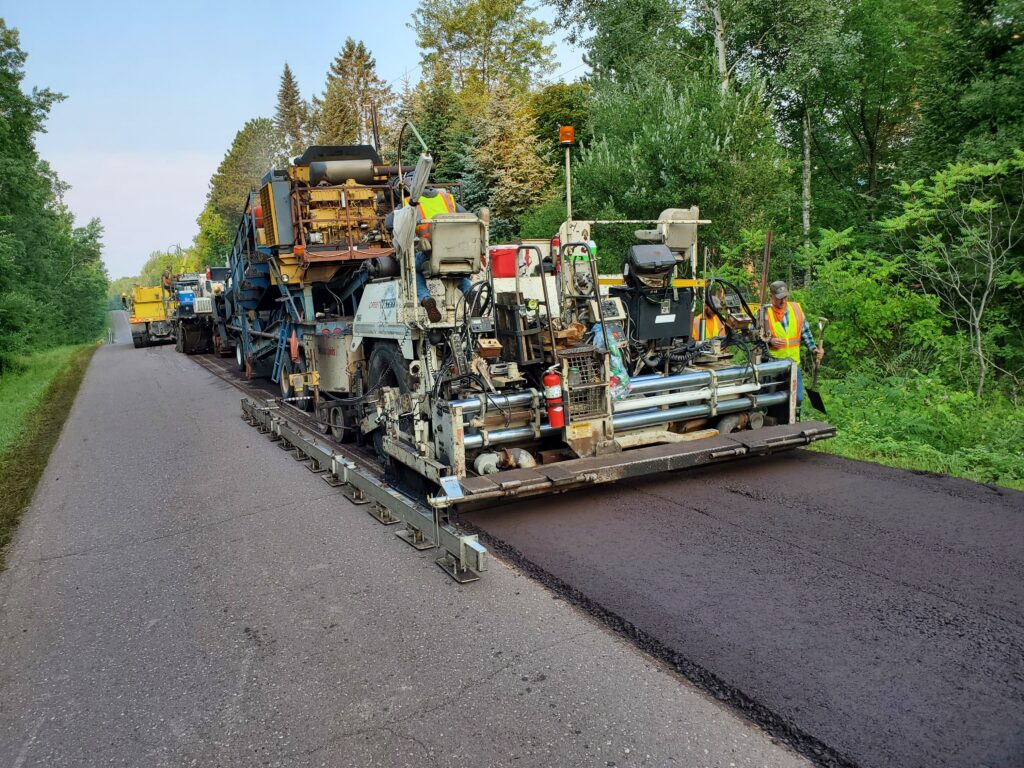
Mathy Construction Co (Northwoods Paving) was the prime contractor for this job.
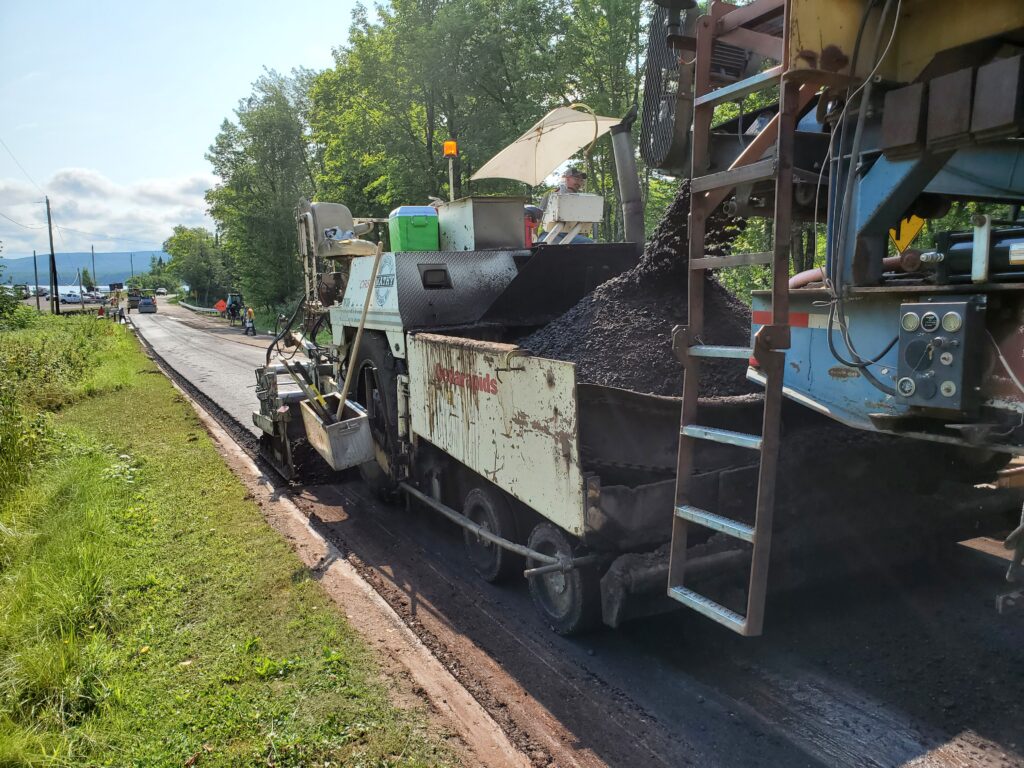
Gogebic County Road Commission County Highway Engineer, Phil Strong, stated,
“I’m very happy with how the road rides. About as good as any 2 layer road… and at 30% less cost.”
When we asked Mr. Strong if the final product met his expectations, he replied,
“Exceeded expectations!!”
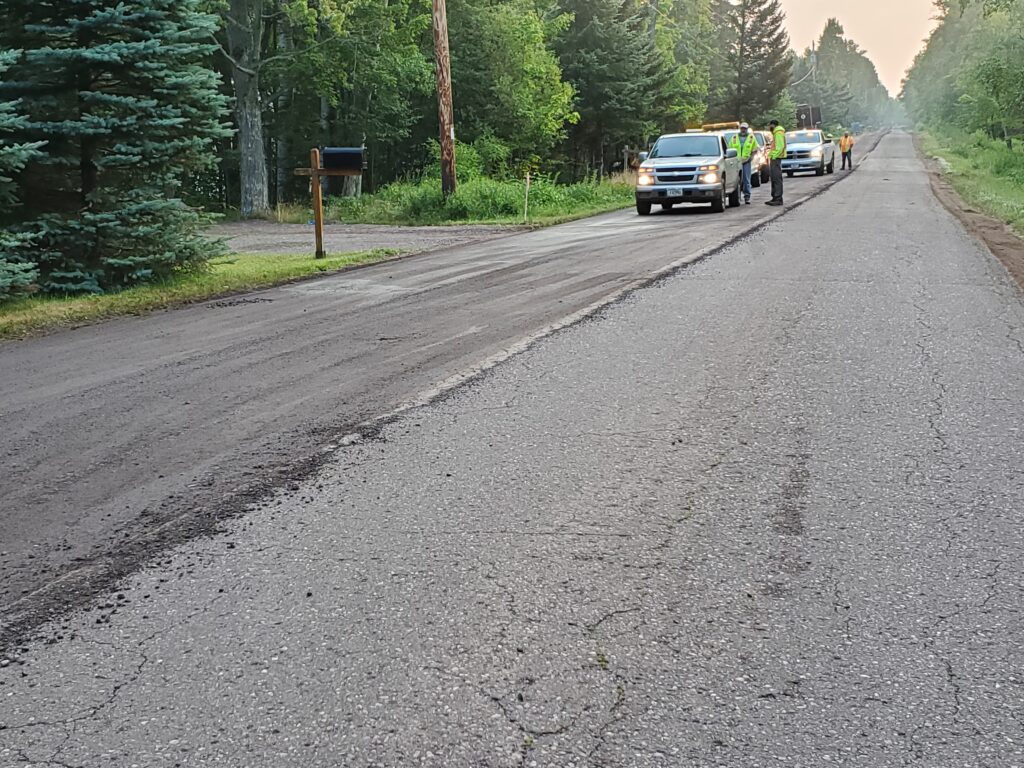


What is CIR?
A cost-effective, long-lasting, greener alternative to conventional maintenance and rehabilitation techniques. Cold In-place recycling (CIR) is a process that cold mills and recycles the top 2-5 inches of asphalt using a continuous train operation. Through the complete reuse of existing material, CIR greatly reduces trucking, time and natural resources to significantly lower project costs. Generally, any road that is a candidate for mill & fill is a candidate for CIR.

Important Benefits of CIR!
- 20%–50% less expensive than conventional maintenance and reconstruction methods
- Reduces greenhouse emissions by up to 90%
- Reuses 100% of existing materials
- 20%–40% faster construction times
- Adds 15–20 years (combined with appropriate wearing course)
- Most agencies use Structural Layer (a) Coefficients between 0.30–0.38 (Recent research indicates values from 0.36–0.44 may be more appropriate)
Issues Addressed with CIR
- Frequent, severe, non-load distresses in top lift of hot mix
- All distresses within the recycling depth (2-5 inches)
- Reflective cracking from below CIR layer
Important Attributes of CIR
- Eliminates defects within the recycling depth
- Blocks or slows reflective cracking
- Reuses existing material in place
- Replaces 1 or 2 lifts of hot mix
- Allows for road widening where desired
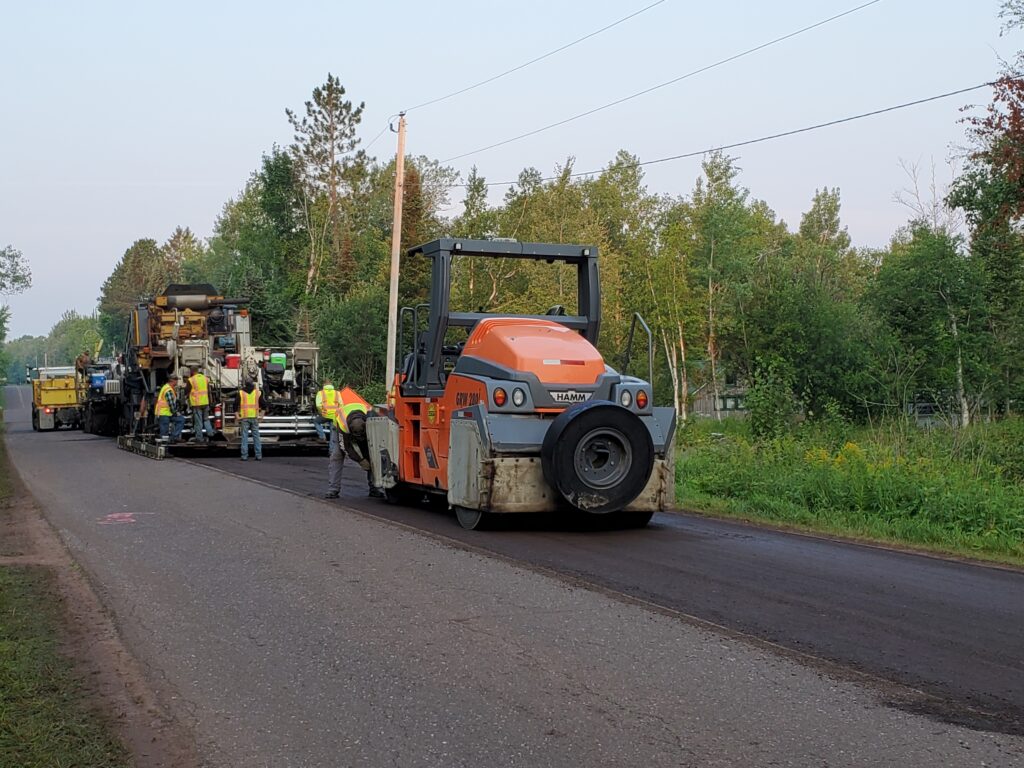
Common Combinations Used With CIR
- CIR + hot mix overlay (most common)
- CIR + Single or Double Chip Seal
- CIR + Micro or Slurry Surfacing
- CIR + CCPR to increase treatment depth
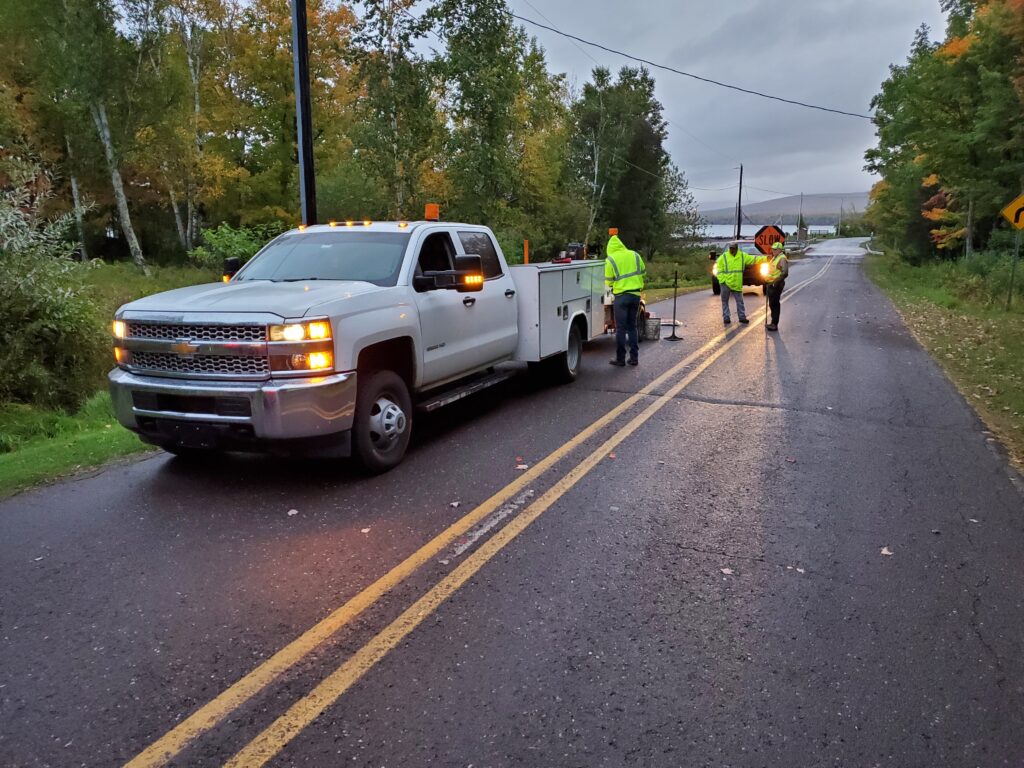
Some content for this article was obtained from the PPRA Website:
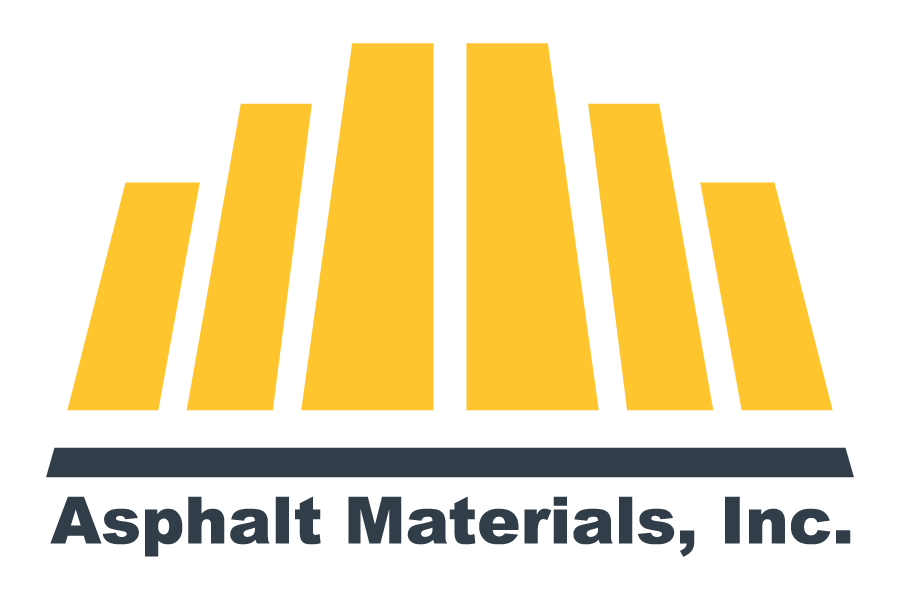



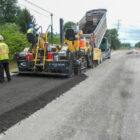

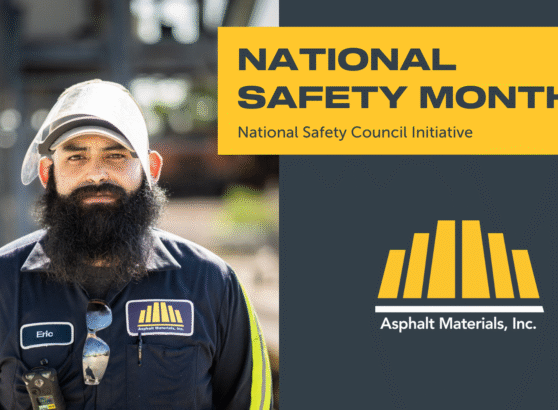
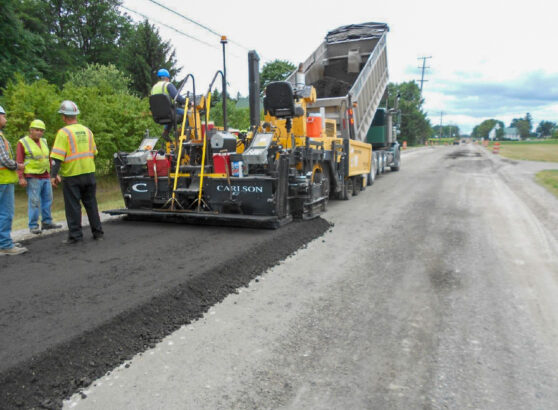

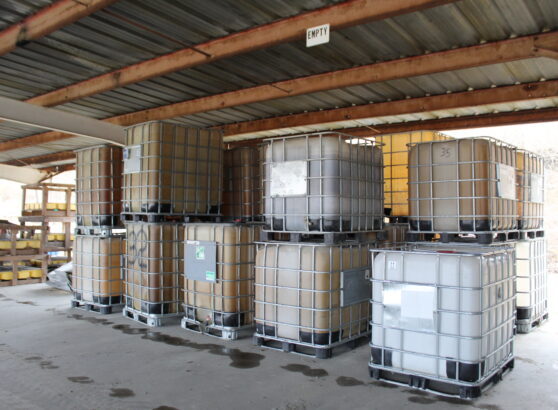


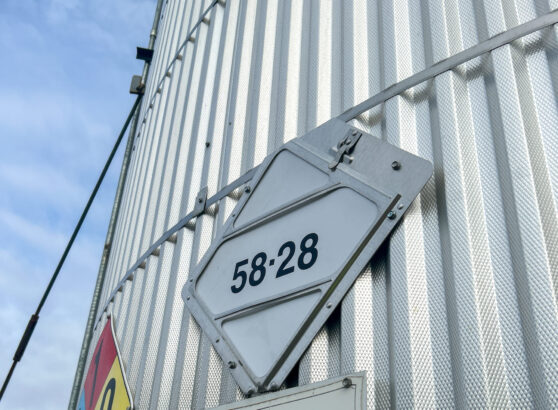



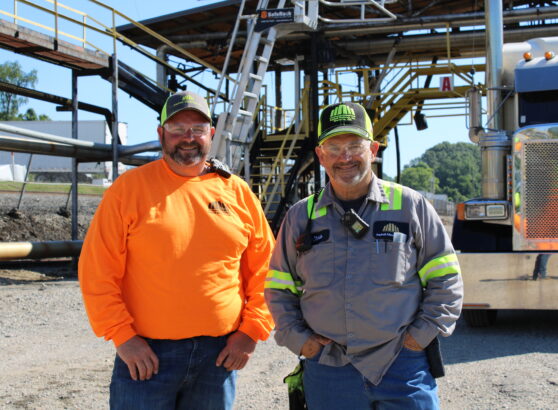

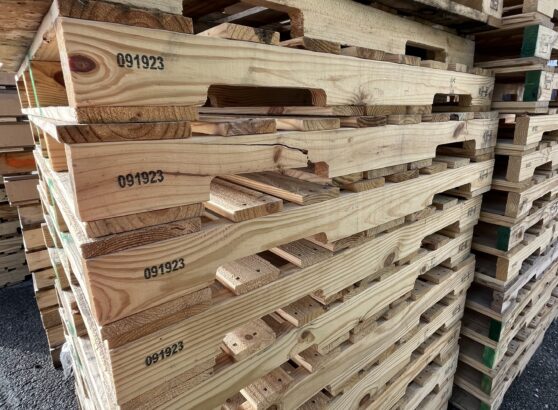
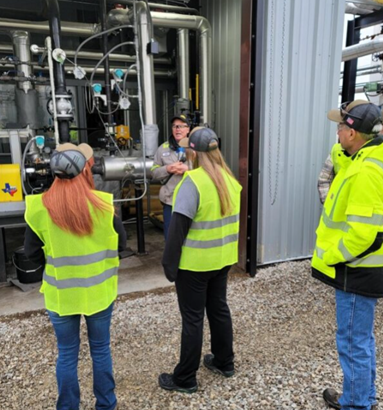













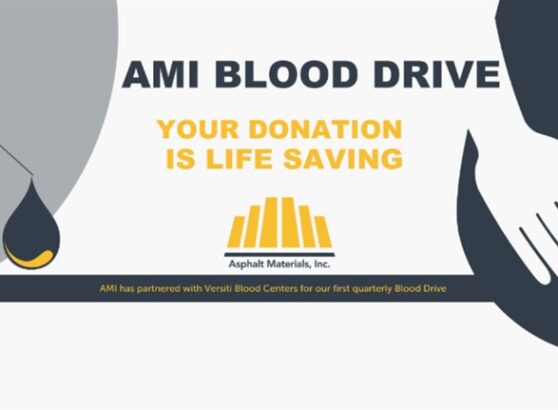


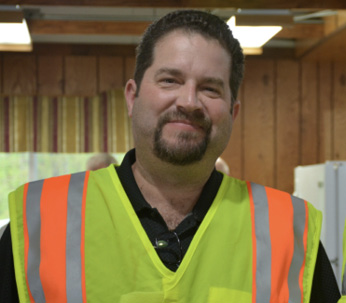
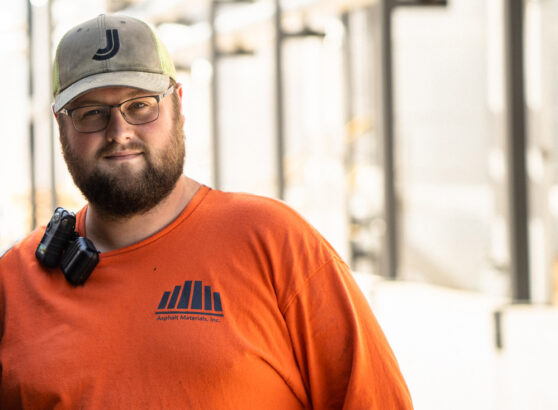






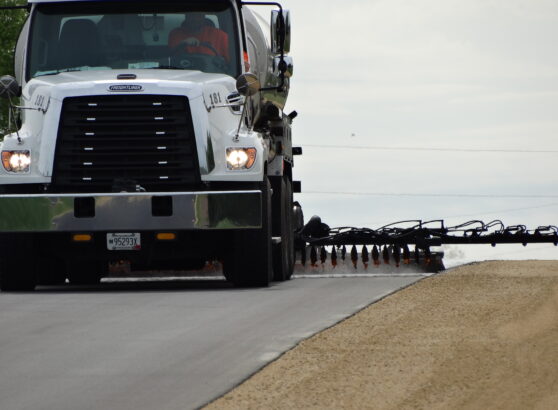

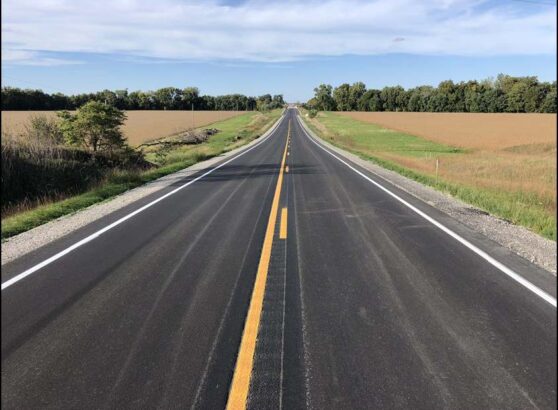




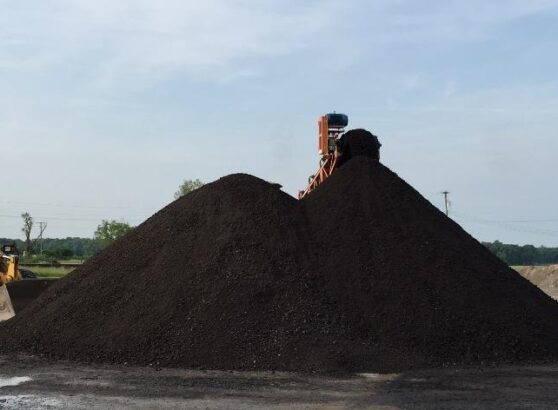

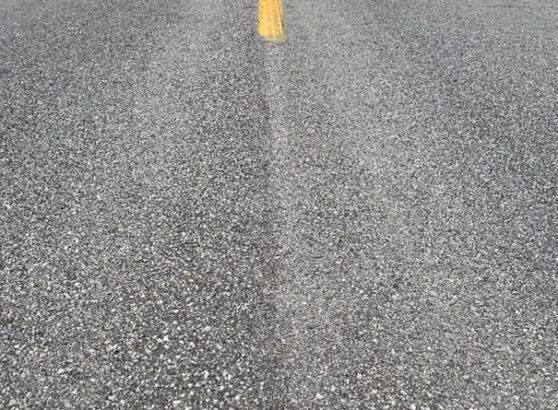


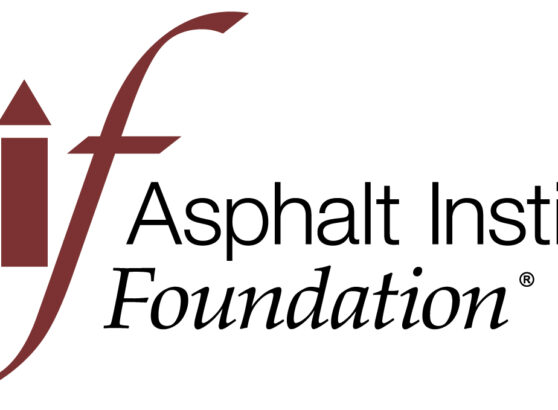




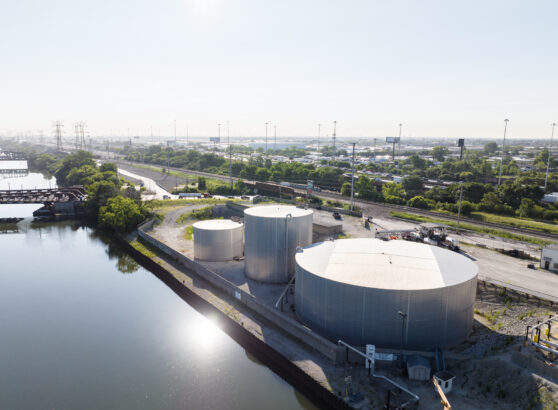




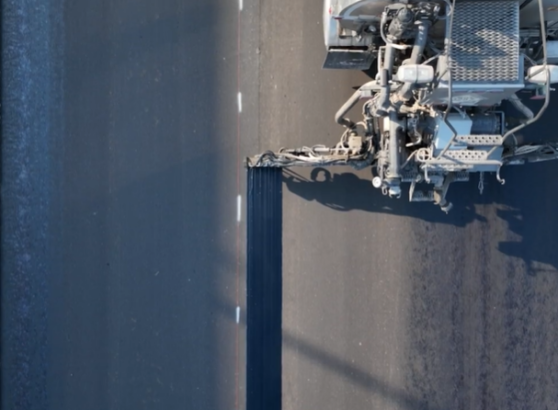


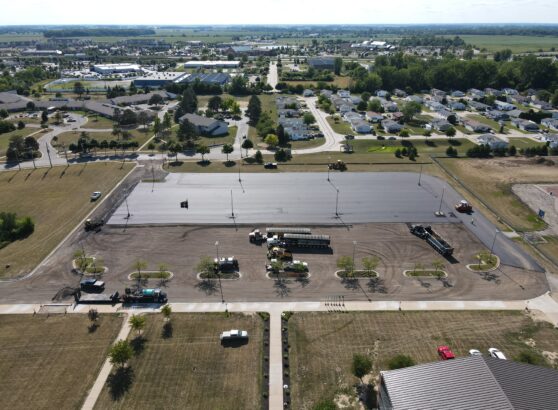








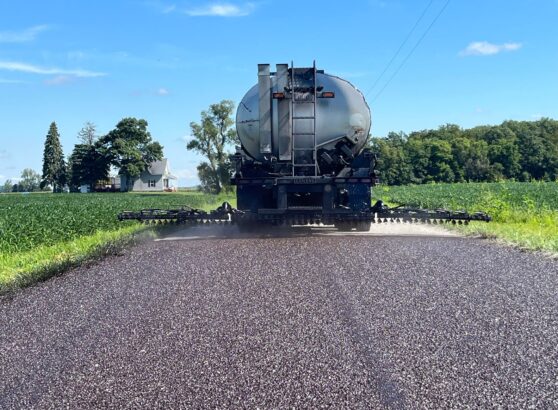



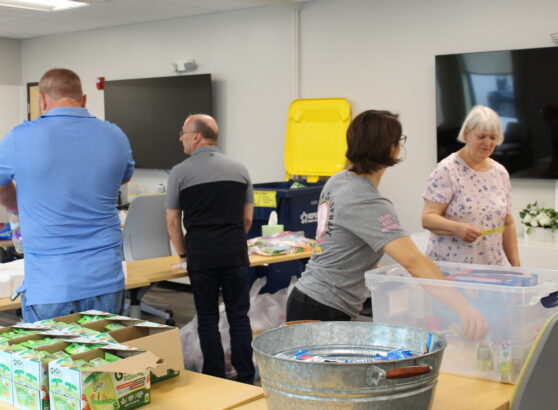
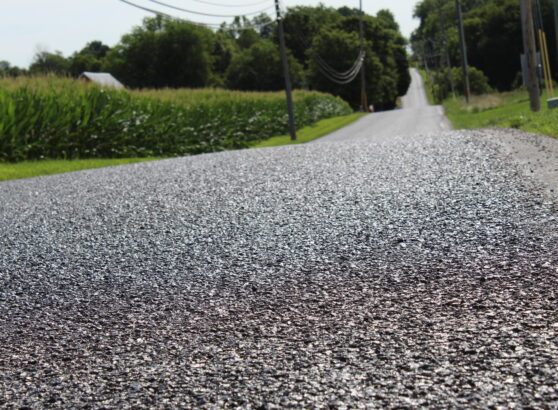



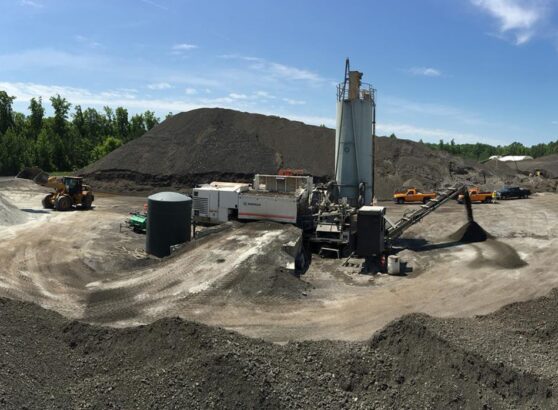



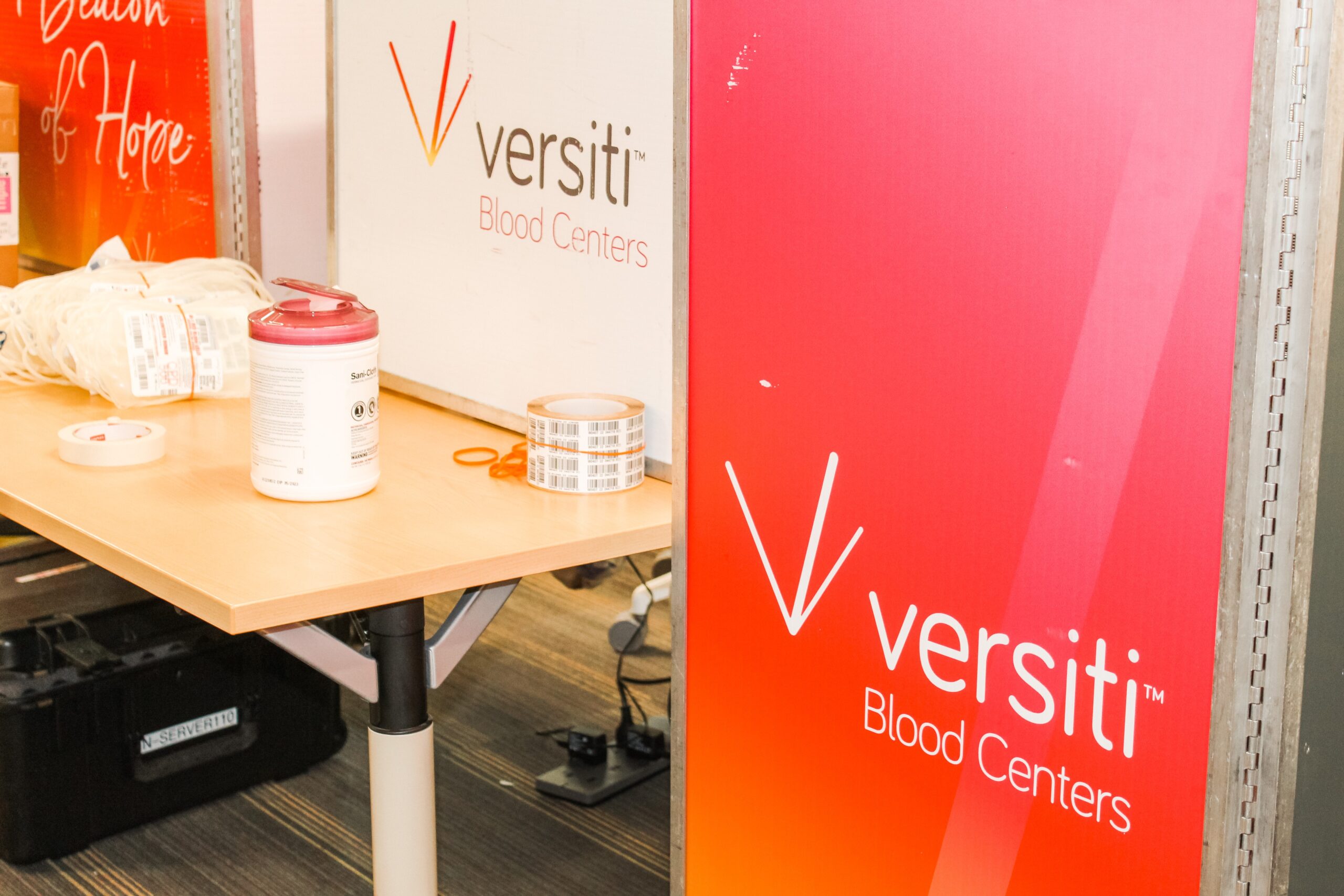


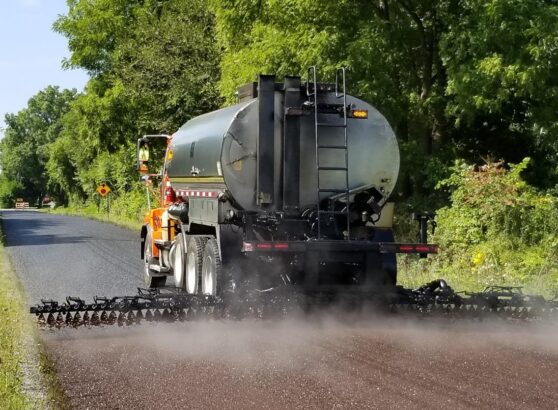

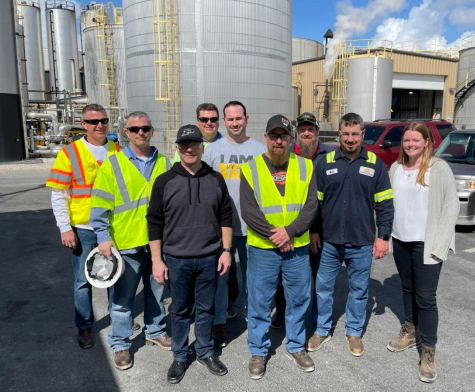






















Recent Comments